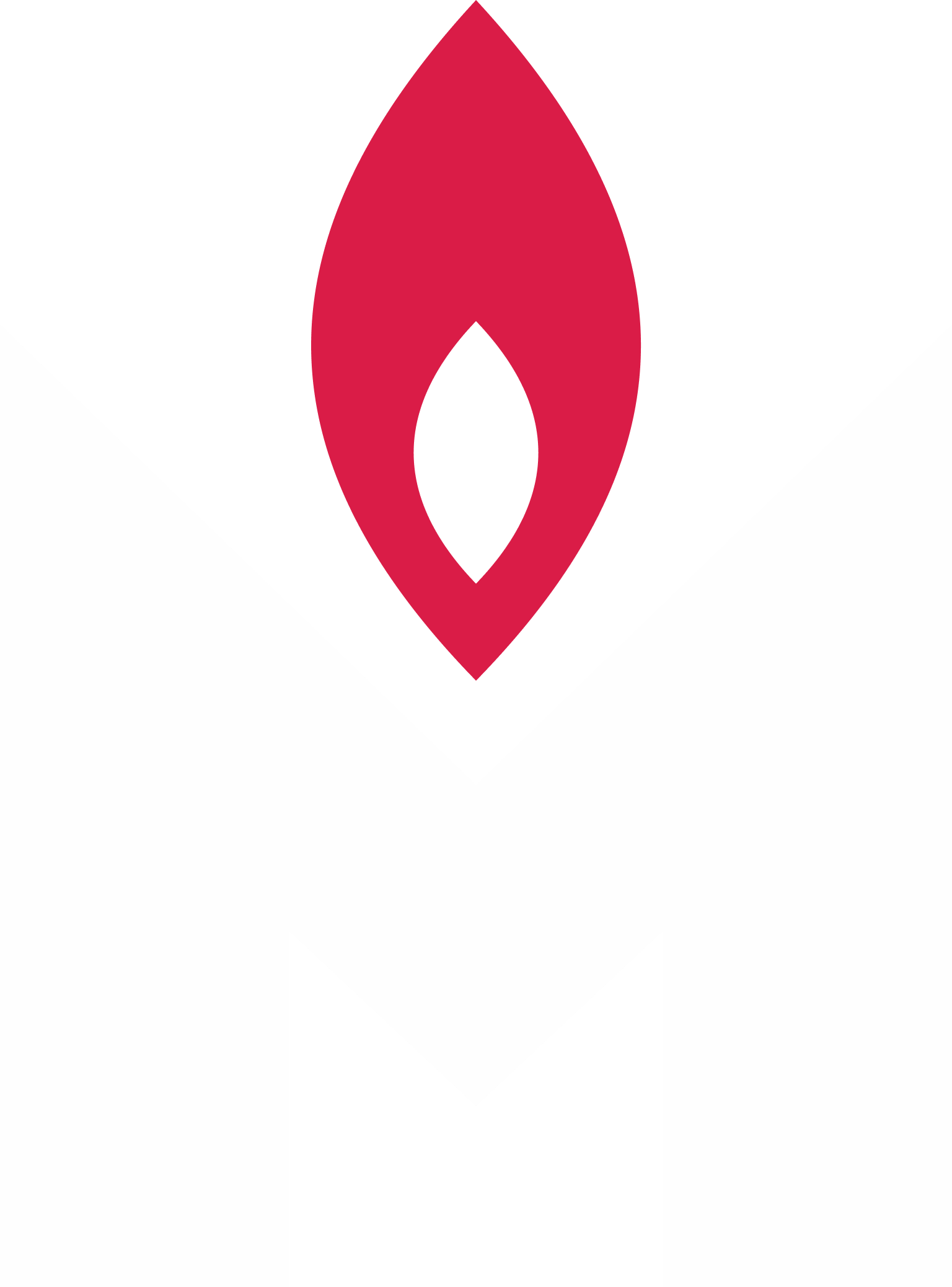Why does Returning the Names take place on October 29, and what happens on October 30?
Many people ask this question — those participating for the first time and long-term supporters, and those who have been following “Returning the names”. We tried to answer it (for ourselves) and for our readers.
Dissidents Kronid Lyubarsky and Oleksiy Murzhenko decided to make October 30 the day of the political prisoner in 1974, while serving time in Dubravlag. On this day, together with other prisoners of Mordovian and Perm labor camps, as well as the prison in Vladimir, they agreed to hold hunger strikes in solidarity with all USSR political prisoners.
On the same day, October 30, 1974, in Moscow, in the apartment of Andrei Sakharov, a press conference was held for foreign journalists on the situation of political prisoners in the USSR. It was organized by Sergei Kovalev — a dissident and participant in the human rights movement. A few months later he himself was arrested.
From 1974 until the end of the 1980s, political prisoners held hunger strikes each year on October 30. This date became a symbol of resistance within the labor camps and solidarity with political prisoners and dissidents.
On October 30, 1989, Memorial activists in Moscow held one of the first protests in memory of the victims of Soviet state terror — they surrounded the KGB building on Lubyanka with a human chain.
A year later, on October 30, 1990, the Solovetsky Stone was erected – the country’s first monument to the victims of state terror in the USSR, still under Soviet rule and almost at the foot of the monument to Felix Dzerzhinsky on Lubyanka Square in Moscow.
On 18 October 1991, the Supreme Soviet of Russia designated October 30 as a day to commemorate the victims of political repression.
After that, all throughout the 1990s, people gathered on October 30 to hold protests and commemorative events, light candles, and lay flowers near the monuments to the victims. Elected officials would give speeches and pay their respects.
As the 2000s progressed, with Russia employing more and more repressive practices and stifling dissent, the original point of October 30 as the day of political prisoners became relevant once more. Speeches by officials at rallies in memory of victims of repression without mentioning contemporary repression sounded increasingly formal, inappropriate, and sometimes hypocritical: the day of memory of victims of political repression was seemingly appropriated — to tick a “memory” box once a year. That spurred the new wave of rallies, with people focusing on the political prisoners of today on October 30.
When the 70th anniversary of the beginning of the Great Terror — the most massive wave of executions in the history of the USSR — approached in 2007, the Moscow Memorial invented Returning the Names. People got together and read the names of those executed by the Soviet authorities aloud in a symbolic act of resistance against state violence.
The date that was chosen was October 29 — the day before the day of political prisoners. Since then, Returning the Names has been taking place on October 29 at the Solovetsky Stone in Moscow, across Russia, and around the world.
October 30 remains the day of solidarity with political prisoners. Their numbers increase each month, while the flowers laid in solidarity with them become fewer and fewer.
Those executed during the Soviet era, whose names are read during “Returning the Names” on October 29, need our remembrance.
The political prisoners of today, for whom we express our solidarity on October 30, need freedom.
